CLASHES OF CONSCIENCE:EXPLAINING COUNTERDEMONSTRATION AT PROTESTS*
Whether in contemporary protests or in key movements in United States history, protesters must often contend with police and sometimes also with counterprotesters. Clashes with counterprotesters are often tense, ripe with the possibility of violence, and increase the chance of a police response. Although there is research on countermovements, there is little on counterprotesting. We conduct a systematic, cross-movement analysis to forward a strategic threatbased explanation of counterprotesting. We examine the frequency of counterdemonstration, the relative merits of threat versus weakness explanations of counterdemonstrator mobilization, and the relationship between counterdemonstrating and protest policing. We find that counterprotesting is relatively uncommon, is more common at conservative protests, and is explained by the threat posed by, and strength of, the initial movement. Furthermore, policing and counterdemonstrating appear positively and reciprocally related: we find that recent police repression increases counterdemonstration, and existing research shows that counterdemonstrators, in turn, increase police response.
Contributor Notes
*We would like to acknowledge the editor, anonymous reviewers, and members of a writing group at the University of Arizona for their feedback and Noah Gabrielsen and Misty Ring-Ramirez for their research assistance.
† Heidi Reynolds-Stenson is an assistant professor of sociology at Colorado State University—Pueblo. Jennifer Earl is a professor in the Department of Sociology at the University of Arizona.

